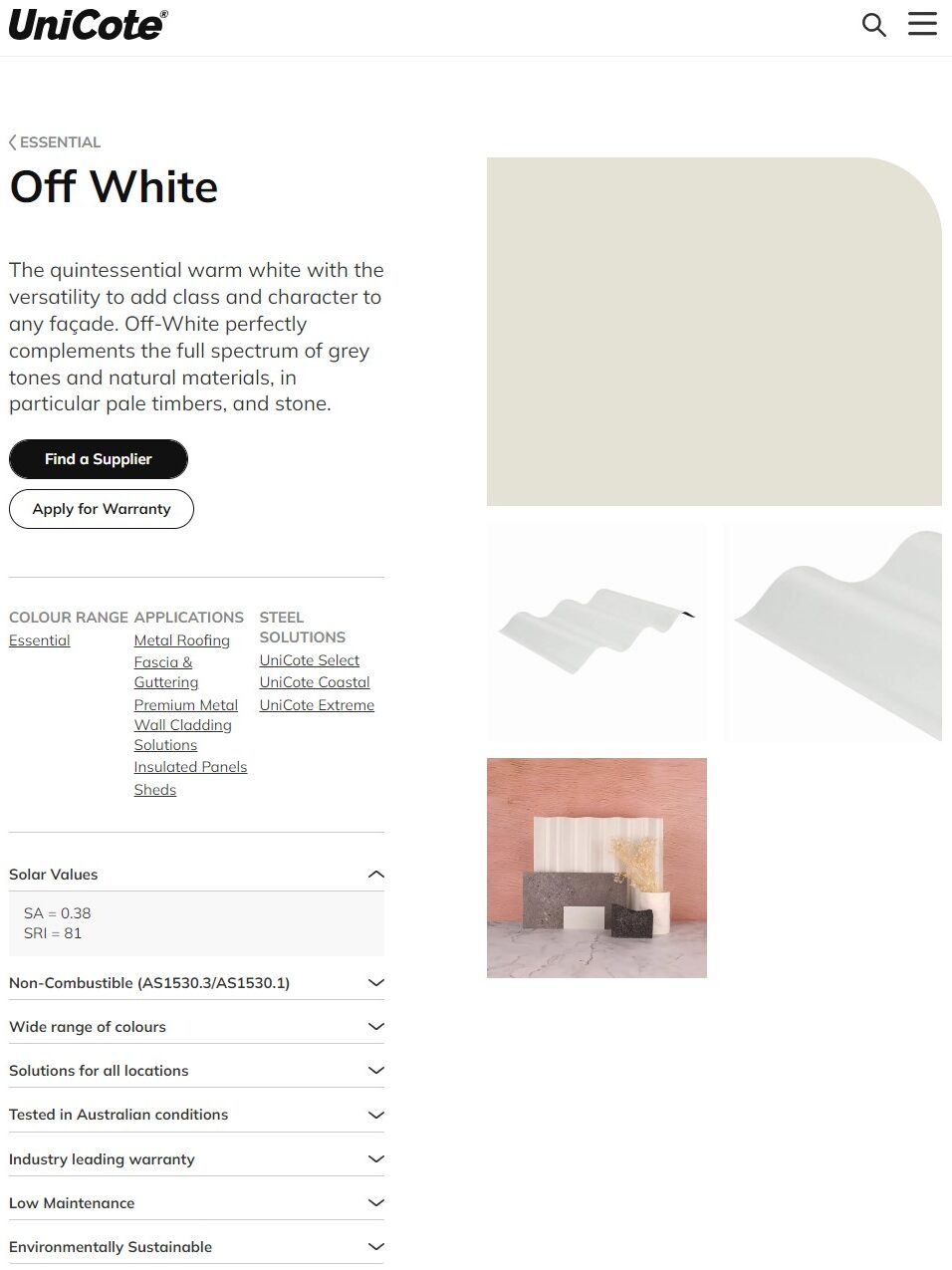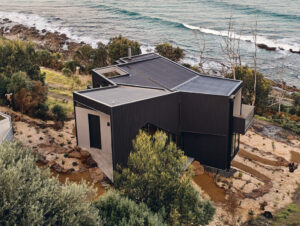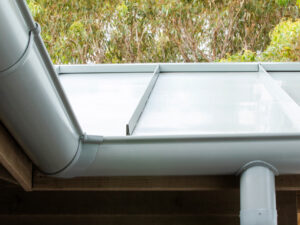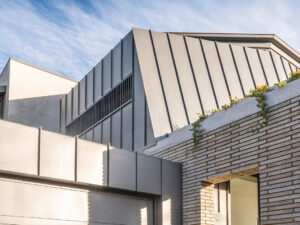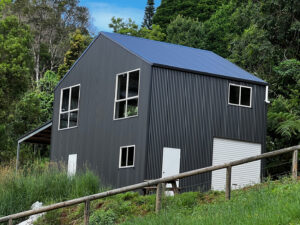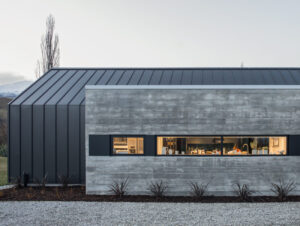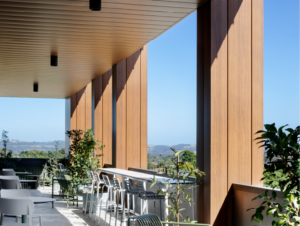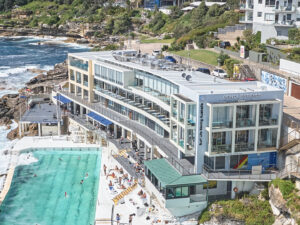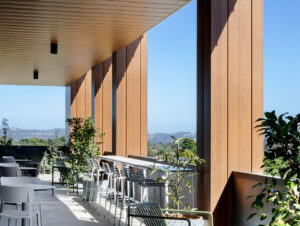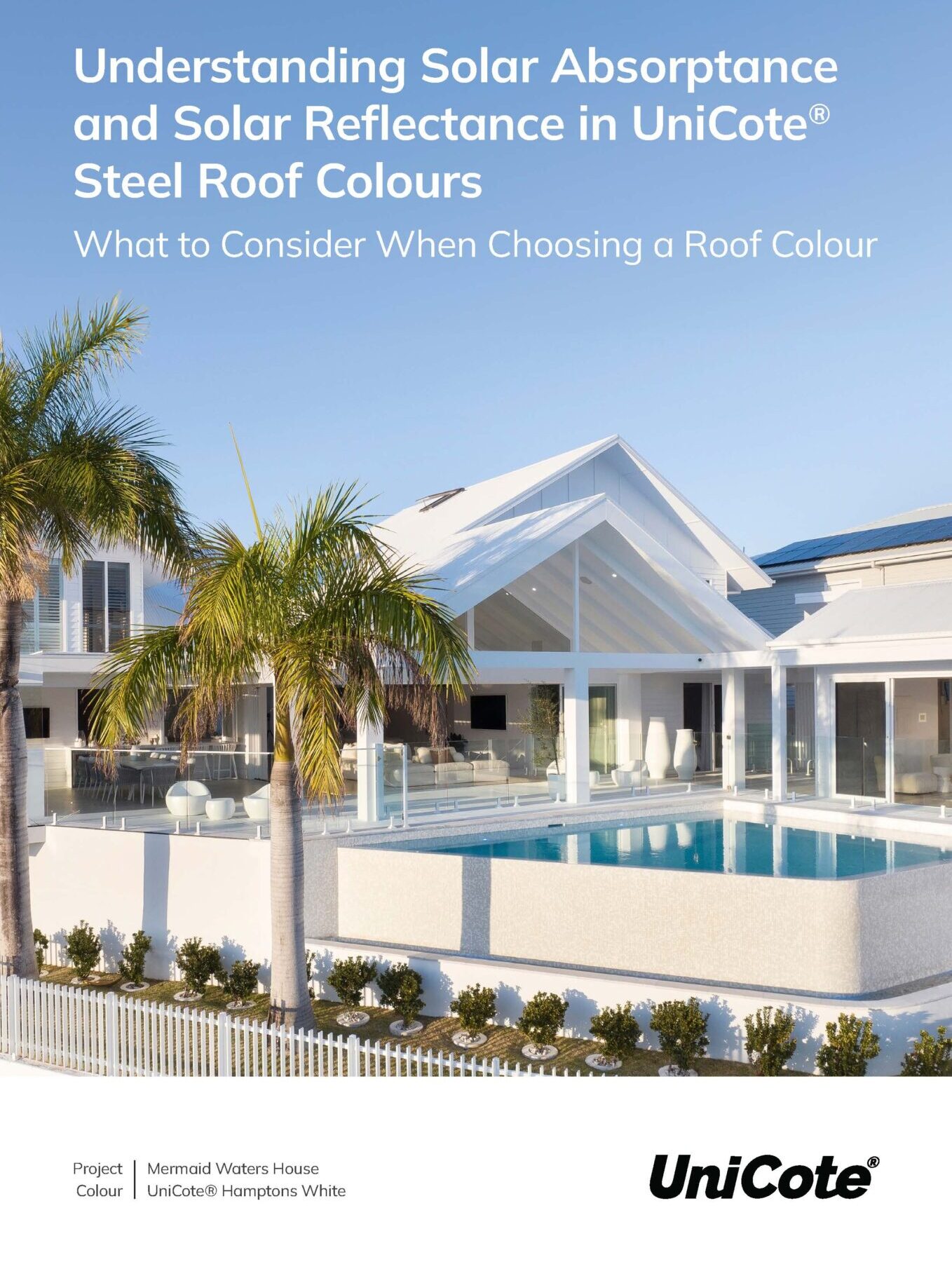When it comes to choosing roofing materials, understanding how they interact with sunlight is crucial. Solar Absorptance (SA) tells us how much solar energy a material absorbs, impacting its temperature. On the other hand, Solar Reflectance Index (SRI) measures how well a material reflects sunlight, affecting its cooling abilities. These two metrics, SA and SRI, help us pick the right materials for energy-efficient and comfortable buildings, while also considering their environmental impact.
Solar Absorptance (SA) is the fraction of the total incident solar radiation that is absorbed by the roofing material. It is expressed as a ratio between 0 and 1, with a lower number a
cooler option. These are nominal values calculated in accordance with ASTM E 903-96.
Solar Reflectance Index (SRI) is a measure of the solar reflectance and emissivity of materials. Measured on a scale of 0 (least reflective) to 100 (most reflective). These are nominal values
calculated in accordance with ASTM E1980-11.
To sum up, Solar Absorptance (SA) and Solar Reflectance Index (SRI) are key factors in choosing the best roofing materials. By showing us how materials interact with sunlight, they help us make informed decisions for energy efficiency and comfort. As technology advances, keeping SA and SRI in mind will continue to be vital for creating sustainable and cooler urban environments.
Downloads
The solar values for the UniCote® Essential colour range can be viewed in the downloadable brochure on this page. Alternatively, expand the Solar Values dropdown available on individual colour pages.
